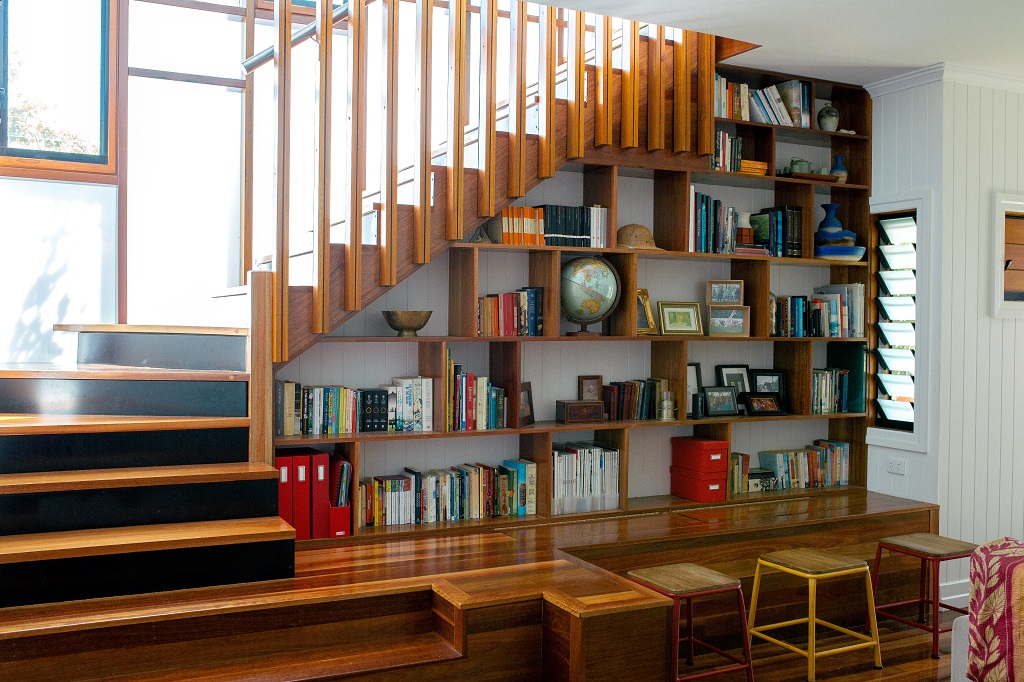It reads like a visit to the doctor: how’s your fitness, flexibility and well-being?
Well this time it is not you receiving a health check – it’s your home.
Architect Matthew Smith says the right design for a new home or renovation is just what the doctor ordered to pass the examination with flying colours.
“A sustainability health check can assess if your home is fit to fight rising energy costs, whether it is flexible enough to adapt to changing use now and into the future, and if it is sensitive to the health needs of you and your family.”
Mr Smith is an established architect with 15 years’ experience. For ten of those years he worked at Arkhefield, one of Queensland’s most reputable architectural firms. There, he delivered some of his most notable works including the award-winning Barracks precinct and River Quay precinct developments in the Brisbane CBD.
Mr Smith also has some serious green cred. He is a Green Star Accredited architect with the Green Building Council of Australia, and has sat on their State Industry Group and Program Advisory Group boards for their annual Green Cities Conference.
He is now heading up the new Jamin Architecture, based in Ashgrove, and he says there is hope for even the most off-colour homes to make a new year’s resolution and get in shape for 2015 and beyond.
“As someone who is passionate about green design, it is fantastic to see the growing awareness and application of energy efficient principles in Australian homes,” he said.
“With increasing numbers of people unable to pay their electricity bills and many more worried about the expense of powering their homes, the ideal solution is to use fewer resources and have a home that needs less power and water to keep us comfortable.
“A well-designed home or renovation can reduce the need for air-conditioning and can create a comfortable indoor environment without relying on the use of electricity.
“The extensive services Jamin Architecture offer also includes designing homes that embrace the varied uses of current occupants, as well as the predicted needs of future users.
“Sustainability is much more than solar panels and water tanks,” Mr Smith said.
“Everyone is unique, with their own special needs for living. Sustainability is designing a home so it is flexible to different uses throughout the day or across the seasons. It is also a design that reflects the needs of its occupants.
“For example, most people love daylight, but what about a night-shift worker who would need completely different lighting conditions?
“Importantly, a sustainably flexible home has the capacity in its design to be multigenerational.
“Children are staying at home for longer, and an aging population means older relatives are moving in with family more frequently. A home can be designed with foresight so when your needs change, so can your home, and with minimum hassle.”
Mr Smith goes further, as he sees the role of architecture beyond saving energy and intelligent design, but even enhancing our health.
“A sustainable home can improve various areas of your life, including your physical well-being.
“Design can influence the indoor environment, air quality, and material selection which can lessen irritants to sufferers of asthma or skin allergies and promote good health in everyone.”
Ultimately, the goal of a sustainability health check is to design a home or renovation that benefits its current and future inhabitants for years or even generations to come. It is clear Matthew Smith sees his role as architect as much more than providing an attractive design to his clients.
“Personally, I believe that a home designed with the user firmly in mind can give people genuine happiness and a feeling of belonging.
“I aim to deliver a space that people will thoroughly enjoy and benefit from now and well into the future.”



Latest Comments